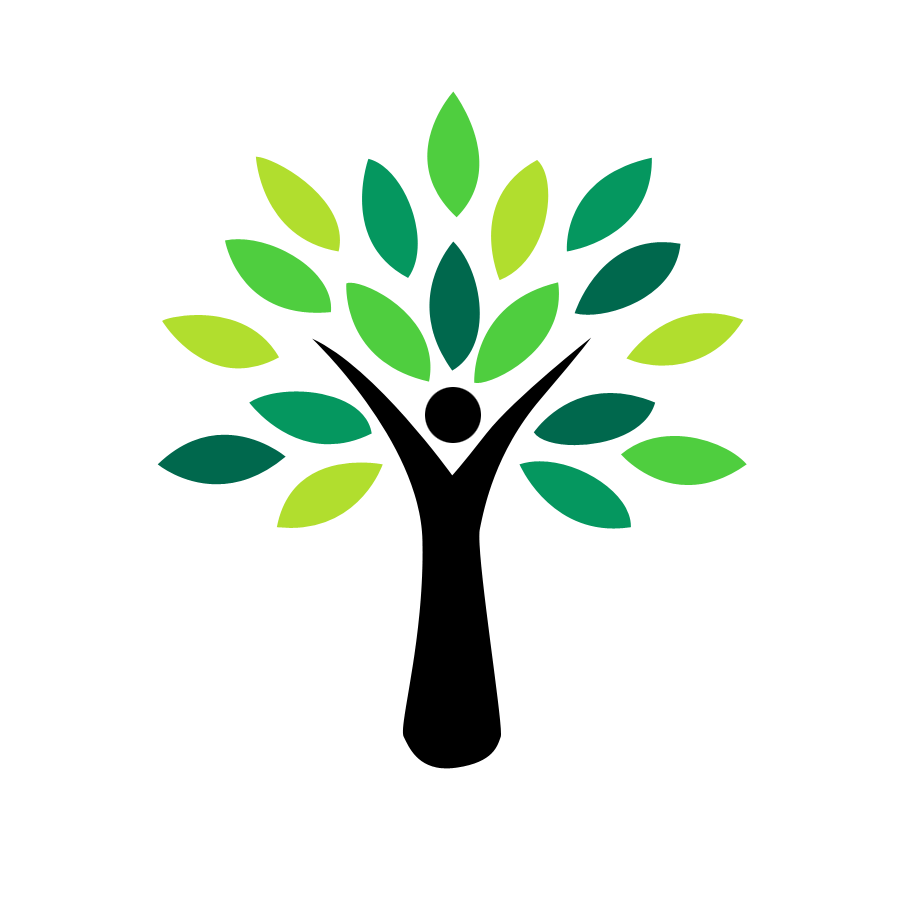Messed up in watering the plants? Check out below for your answers from Trendy Plants, we guide all the plant parents and contribute our nature to grow more.
Overwatering is not only dangerous to your plants, it can also be costly, as it can cause root rot, which can result in a loss of plants. Knowing when and how to water your plants is one of the most impactful and easiest ways to ensure your plants thrive in your home.
If you have an indoor plant, you need to water it regularly, but make sure not to overdo it.
Plants are sensitive to the environment they live in. They need to be watered in the right way, and sometimes the wrong things can make plants sick. Here are a few ways you can help your houseplants stay healthy.
How To Water Your Plants Correctly
The plant’s pot matters
Buy a good quality pot that will last you. If you want to grow your plants indoors, you don’t need a fancy pot. You just need something that has drainage holes, so that your soil doesn’t sit too high up in the pot and doesn’t dry out.
When you first bring your plants home from the store, you need to give them the right amount of space.
To keep your plants healthy and happy, you need to water them regularly. It’s best to water your plants at the same time every day, and even better if you water them in the morning before you start your day. You can do this by either filling up a watering can with water, or simply using a spray bottle and misting your plants.
If you have ever bought a plant and it died before it even got a chance to grow, then you know how important it is to buy the right sized pot. Pots that are too small can cause root rot or suffocation of the plant. Pots that are too large can cause the roots to be crowded and not be able to breathe properly.


Plants have different water needs
We all know that plants need water. But how much water should we give them? And how often should we water them? The answer to these questions depends on the type of plant. Learn what your plants need, and when to water them, by reading their unique watering needs here.
Knowing how much water to give your plants is an important part of caring for them. If you do not know what your plant’s water requirements are, you could end up overwatering it, which can lead to rot. Knowing how much water your plants need to thrive is essential for maintaining a healthy environment for your plants.
You can use a moisture meter to measure the moisture level in the soil. It is easy to use and it will tell you how much water you need to add to your plants. To use a moisture meter, you will first need to remove the dirt from the soil. Then you will need to take a reading, and it should be between 50% and 60%. If you see less than 50%, add water until you get to a level of 60%.
Water the soil, not the leaves
While it may seem like a good idea to splash water on the leaves, it’s actually a bad idea. You want to avoid splashing the leaves because it will make them susceptible to a variety of diseases. By watering the soil, you are helping to keep the soil moist, which will help keep your plant healthy.
Water thoroughly and evenly
The root system of your plant mirrors its foliage. If you only water one side of your plant, the roots will grow towards the water that is available on that side. If you don’t water your plants regularly, the leaves will turn yellow and drop off, and the plant will eventually die. So make sure to water your plant thoroughly all the way around the pot to keep it full and lush.
Dump out any excess water
If you want to keep your plant alive, make sure you don’t let water sit in the saucer. If you’re not sure if your plant needs water, use a stick to poke a hole in the soil. If you see water in the saucer, it’s time to water. If you don’t see water in the saucer, it’s time to let it dry out.
If you’re having trouble getting the water to drain out of your saucer, try tilting it slightly. This helps the water to flow out of the saucer more easily.
Consider the seasons
It’s no secret that plants are our most important companions. They give us food, color, and beauty. But it’s also true that plants can be complicated to care for. In fact, we believe that some of the best plants in our gardens are those that we don’t really understand. There are so many different types of plants and so many different ways that they grow and thrive. we love learning about plants and how they grow.
It’s important to learn about the ideal conditions for your indoor houseplants. You don’t want to kill your plant with too much heat or humidity.
Other Tips
When watering your plants, don’t let the water stand on the surface of the potting soil. If you do, you will cause the soil to become soggy. Instead, water the soil at the bottom of the pot. This way, the water will stay there and not evaporate, making your plants more likely to thrive.
The key to keeping your plants healthy is to keep them watered! The amount of water required depends on the size of the plant, the temperature and the weather. It’s important to check the soil and keep it moist but not soggy. It’s also important to water when the soil is wet, not when the leaves start to droop.
Summertime is the perfect time to do watercolors. There is no better feeling than taking a break from your busy schedule and spending some time outdoors. There is something about the sunlight, the fresh air, and the beautiful scenery that makes your mind and body feel so much better. A: I don’t think any of them are wrong. I’d suggest that you choose a couple of examples that you like and make a list of what you liked about them.

